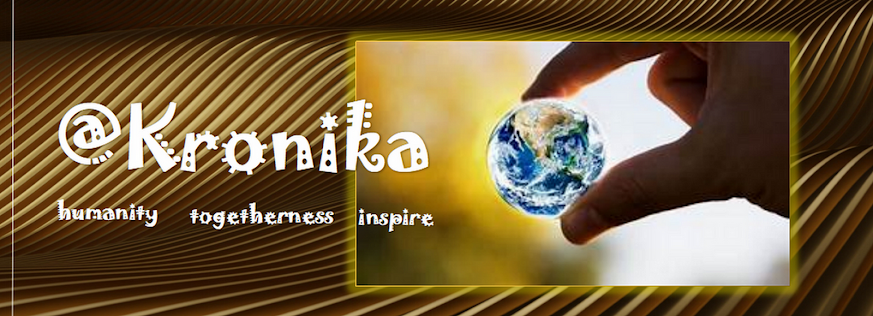The Himba (singular: OmuHimba, plural: OvaHimba) are an indigenous people with an estimated population of about 50,000 people living in northern Namibia, in the Kunene Region (formerly Kaokoland) and on the other side of the Kunene River in southern Angola. There are also a few remaining groups of OvaTwa, who are also OvaHimba, but are hunter-gatherers.
OvaHimba are semi-nomadic people, as they have a basic homestead where crops are cultivated, but may have to move within a year depending on rainfall and where there is access to water. Her livelihood is herding and speaking OtjiHimba. The OvaHimba are considered to be the last (semi-)nomadic people in Namibia.
Women and girls tend to do more labor-intensive jobs than men and boys, such as bringing water to the village, plastering the soil of a mopane log house with a traditional mixture of red clay and cow dung binder, collecting firewood, tending crops. gourd vines are used to produce and ensure a safe supply of sour milk, cook and serve food, as well as artisans who make handicrafts, clothing and jewelry. The responsibility for milking cows and goats also rests with women and girls.
Women and girls took care of the children, and a woman or daughter would look after the children of another woman. The main duties of men are raising livestock, herding where men will often be away from the family home for long periods of time, slaughtering animals, building, and holding meetings with village chiefs.
Exotic Himba Tribe women, hair like dreadlocks and red skin.
The Himba tribe, or also known as the "red tribe". Women from this tribe are popular as the most beautiful in all of Africa.
Towards puberty or adulthood, the young Himba Tribe women begin to decorate their hair with extensions/additional hairs. This hair extension is made of cowhide, goat, straw and goat hair. All of these ingredients will be tanned together and the manufacturing process will take all day.
After that the women will wear it as a symbol of their status and pride. These hair extensions will be styled differently according to their age and status. At the same time as a sign, how old are the Himba women, still virgins/girls, married or widowed.
Maintaining the beauty of this himba tribal dreads is not an easy thing. The women will coat their hair every day with Otjize, which is animal fat mixed with red earth. Not only as a hair sunscreen, but this herb also functions as an insect repellent. And when going to sleep the women of the Himba tribe use pillows made of wood.
The color red is not only a symbol of beauty but has become a standard of allure beauty that must be carried out by women. Because if a woman does not marry, it can become a big problem in the Himba tribe, the woman's family is obliged to pay a customary fine in the form of livestock which is not small in number.
Red Skin and Dreads Have Become One Package to Look Perfectly Beautiful for Himba Tribe Women. For this reason, the Himba tribe women compete to look beautiful with their mainstay red makeup. From dreadlocks covered with red earth to every inch of their bodies are also covered with the red herb. They chose red because of a belief that red is a symbol of Earth and blood.
And as an added beauty attraction, mothers in the Himba Tribe will give an Ohumba Necklace for their daughter, later the Ohumba Necklace will be passed down from generation to generation to the next generation. Made of white shell material and can weigh up to several kilograms.
The tradition of the Himba tribe women is similar to that of one of the tribes in Papua-Indonesia, which is that they rarely bathe with water, for months only when it rains they bathe in water, wet from the rain. Red soil scrub as a substitute, (the Papuan tribe smeared with oil/lard). It could be because the environment in which they live is the most extreme place on earth with a desert climate that makes the region experience a lack of water. Instead they smeared their bodies with Otjize. Butter and red ocher that can keep their skin protected from the sun and insects.
Otjize is made by crushing red ocher stone into small pieces. Then, the fraction is mixed with fat and butter which has been heated using smoke. The red layer present in ocher can help fight off the sun's scorching radiation, while keeping the skin moisturised. Himba women believe that only by using otjize, their bodies will remain clean without having to take a bath with water.
Himba's art tradition is well known. Subjects include ancestral figures, spirits, human faces and ceremonial masks. The Himba tribe has very talented sculptors and the tribal art is especially known for its ancestral figure, Singiti, a symbol of power that exudes serenity and wondrous natural authority. Kabeja is a rare Janiform statue representing the ancestral pair of the founders of each clan. . The statue is unique and is owned by the tribal chief, while each group has several Singiti figures. It is used in all Himba ceremonies, as well as in court decisions.
Source: wikipedia, nationalgeographic, boombastis, kejadisananeh
https://medium.com/subscribe/@gofindtalent





.jpg)


No comments:
Post a Comment